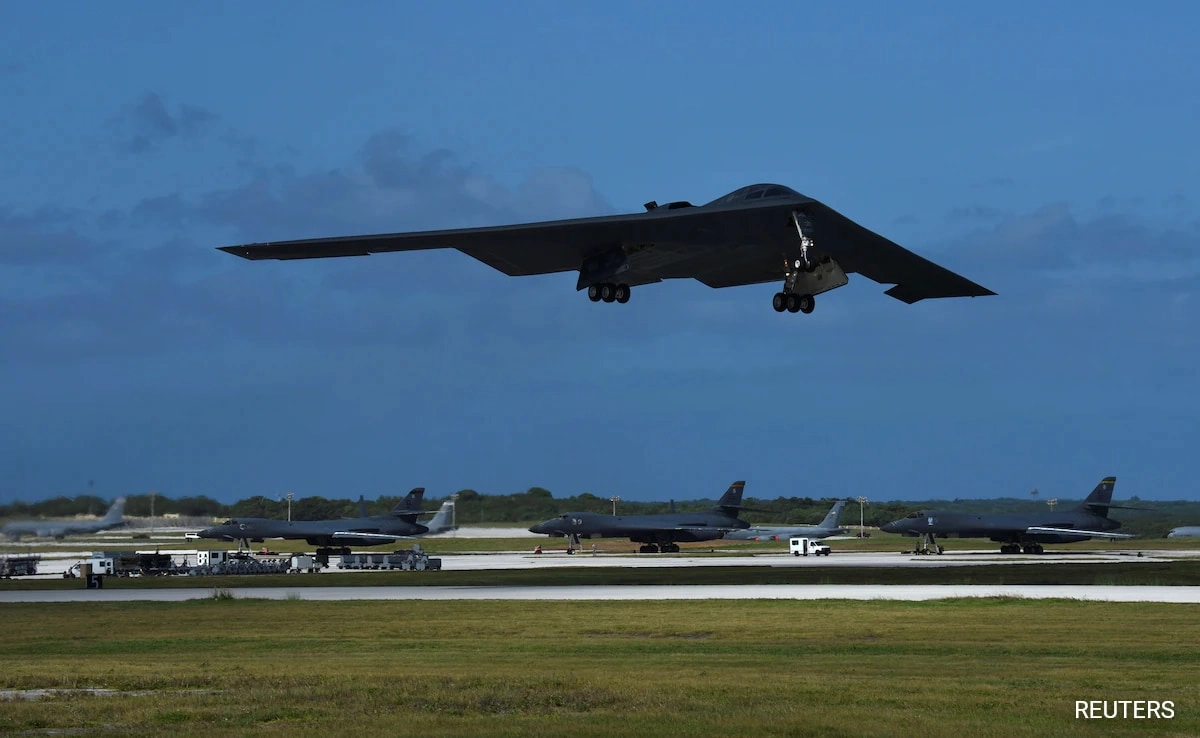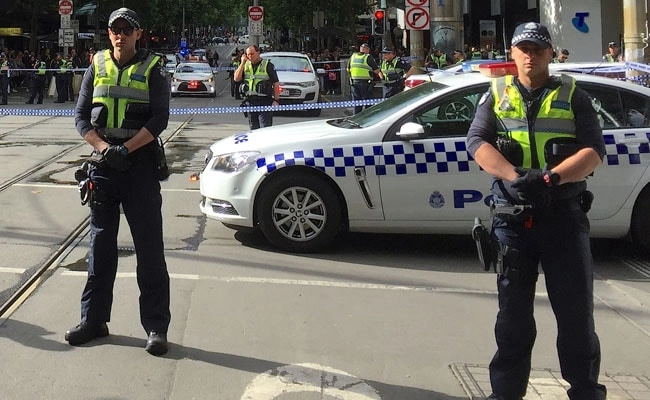In response to escalating tensions in the Middle East, the United States has reportedly begun repositioning its B-2 stealth bombers to Guam. This strategic move underscores the U.S. military’s commitment to maintaining stability in the region and enhancing its readiness to respond to potential threats. The B-2 bombers, known for their advanced capabilities and stealth technology, provide the U.S. with a powerful long-range strike option, allowing it to engage targets with precision from significant distances. The decision to deploy these aircraft reflects a proactive approach to national security, particularly amidst concerns surrounding rising hostilities and geopolitical uncertainties in the Middle East.
The relocation of the bombers to Guam serves multiple strategic purposes. First and foremost, it positions the U.S. military closer to potential hotspots, enabling quicker response times if the situation deteriorates. Additionally, Guam’s geographic location in the Pacific makes it a suitable base for projecting military power across a vast area, including the Middle East. This move also sends a clear message to adversaries about the U.S. commitment to its allies and its readiness to deter any aggressive actions. As tensions rise, the presence of B-2 bombers can act as a stabilizing factor, reassuring both partners and allies while simultaneously warning potential aggressors.
Moreover, the decision to deploy B-2 bombers reflects the broader strategic calculus of U.S. military operations. It highlights the necessity for the U.S. to maintain a robust and versatile military presence worldwide, especially in regions where instability can quickly escalate. The ongoing developments in the Middle East, characterized by various conflicts and the involvement of multiple state and non-state actors, necessitate a flexible and responsive military posture. By reinforcing its capabilities in Guam, the U.S. not only enhances its deterrence strategy but also prepares for any contingencies that may arise from the complex security landscape in the region.
In conclusion, the relocation of B-2 bombers to Guam amidst rising tensions in the Middle East signifies a strategic military response aimed at ensuring regional stability and safeguarding U.S. interests. This deployment serves as a reminder of the U.S. military’s readiness and willingness to act decisively in the face of threats, providing a crucial layer of security for its allies and partners in a volatile environment. As the situation continues to evolve, the implications of this move will likely influence the broader dynamics of U.S. military strategy and international relations in the region.




